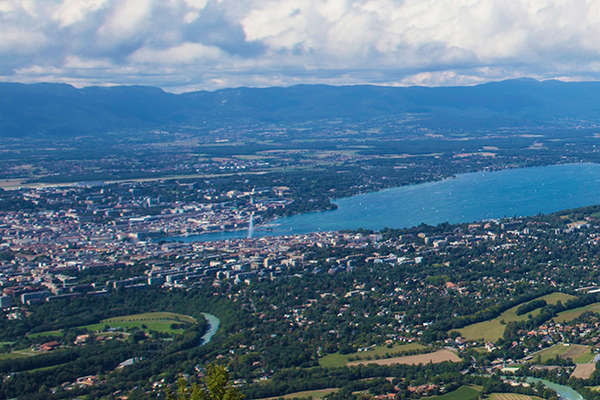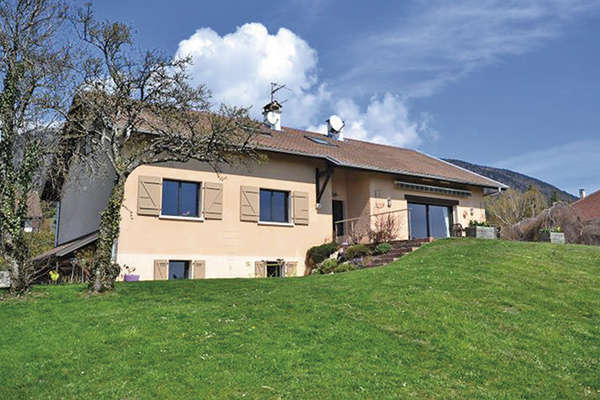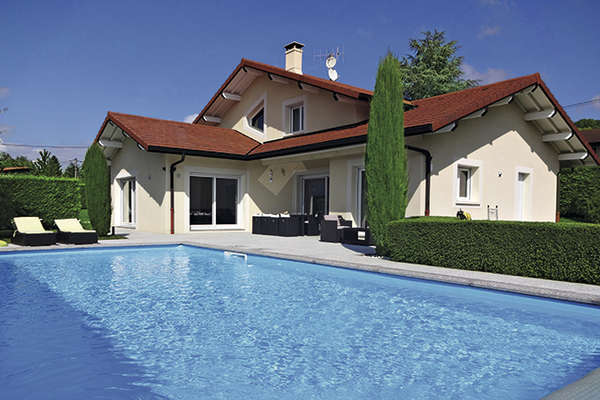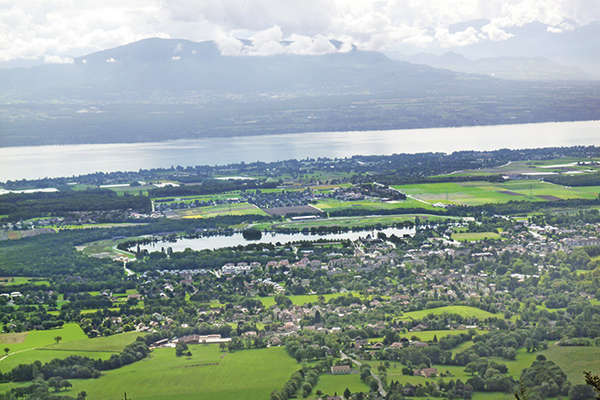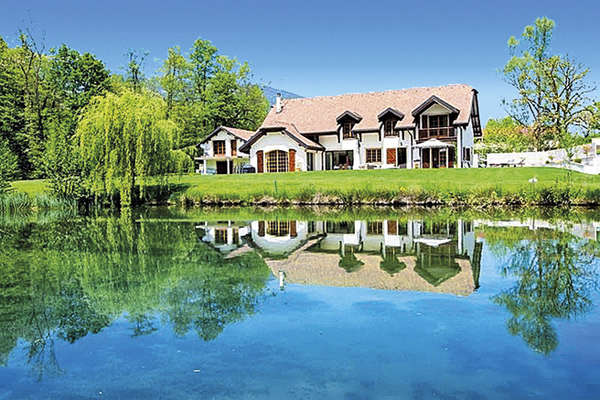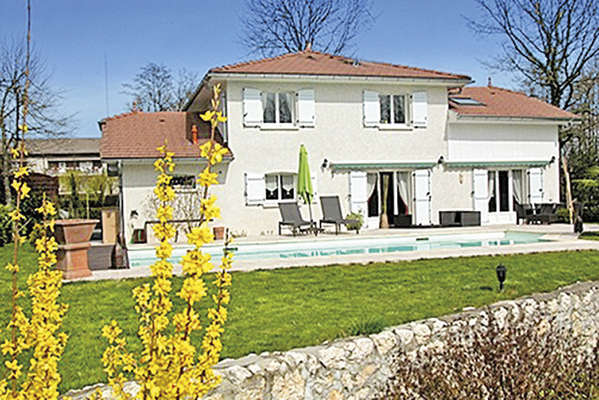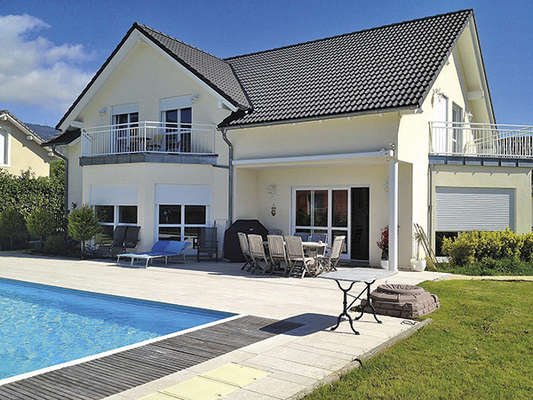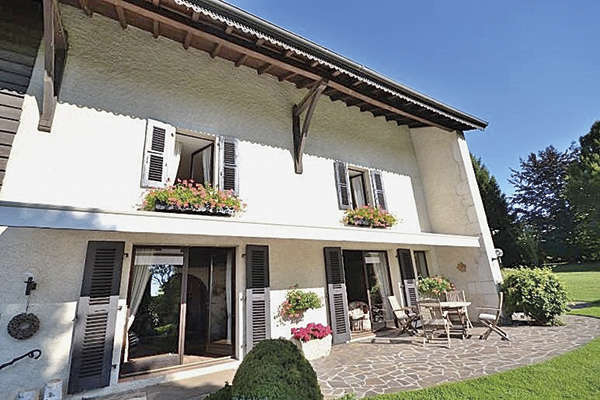Toulouse, a city with the wind in its sails
Laetitia Rossi - 27 September 2013
Home to Airbus, the “Pink City” with its 439,450 residents ranks fourth in France after Paris, Marseille and Lyon. Also nicknamed the “City of Violets”, it can certainly lay claim to a wealth of attractions. Starting with an active pool of employment and an extremely pleasant urban centre, between the Atlantic, Pyrenees and Mediterranean.
Toulouse has made the aeronautical industry one of its main driving forces. A technopolis at European level, its urban community grew from 762,000 to 850,900 inhabitants between 1999 and 2006, posting the highest population growth in France. The neighbouring départements of L’Ariège, L’Aude, L’Aveyron, La Corrèze, Le Lot, Le Gers, Les Hautes-Pyrénées and Le Tarn-et-Garonne supply the population with 31.11 % of new arrivals from outside the city, determined to benefit from their high qualifications. The city’s economy is mainly founded on the service sector (79 %) and industry (16 %). And it’s hard to discuss the bubbling prefecture of Haute-Garonne without mentioning its student population totalling 96,500, a score placing it on the same level as Lille, just after Paris and Lyon.
“Overall, the property market is doing well, especially in terms of main homes,” says Gérald Auzer of ABC Conseils. “Investors are still keeping an eye on capital gains legislation and the draft law concerning landlords, both measures placed in perspective with the Duflot scheme. Disappointment could cause a certain lassitude with regard to investment in real estate, a massive influx of properties into existing stocks, and even a decline in prices for the lowest end of the market.” At the moment, it’s hard to bet on any kind of setback, especially as it could be counterbalanced by a rise in mortgage rates. Gérald Auzer covers the Saint-Cyprien neighbourhood, renowned for its quality life-style, good array of shops and mixed population. A superbly renovated apartment in the historic centre, a charming enclave comparable to the hyper-centre, can attain 3,500-4,000 €/m2, even more if it benefits from an outdoor area and parking place. Residences built in the 1990’s and 2000’s then tend to vary, depending on their appointments and the charges generated by the existence of gardens, swimming pools and guardians. Finally blocks of apartments built in the 1950’s and 1960’s are priced from 2,500 to 2,700 €/m2, unless they have been particularly well restored.
“At our level, for sales of new apartments, the Duflot scheme has not produced the expected results,” comment Frédérique Julien and Jean-Pierre Corazza of Ozenne Immobilier. “On the other hand, old apartments of quality are still finding takers within reasonable lengths of time.” By way of example, they describe a 2-bedroom apartment in excellent condition on Rue Croix-Baragnon, which sold for 350,000 € (5,000 € being the maximum price per sq. metre found in Toulouse) and a house of 150 m2 to restore in La Côte-Pavée, acquired by a young couple transferred from Paris for 430,000 €. Drawn by the lively pool of jobs, new arrivals are always an appreciable souce of potential buyers. Our specialists focusing on the centre, La Côte-Pavée and Le Busca handle 60 % of apartments versus 40 % of houses, 70 % of main residences versus 30 % of rental investments. “While this year’s turnover is pretty much the same as that of 2012, the amount of work involved has been considerably higher. The current context no longer hides its underlying pressures, such as the scarcity of available properties. A phenomenon reinforced by a tendency among families, seniors and employees transferred to Toulouse to prefer urban centres to villages on the outskirts.”
“The return to an exoneration of capital gains after 22 years is clearly making an impression, and giving rise to properties recently being put up for sale,” notes Mathieu Louvière of LB Immo, a firm specializing in sales backed up by property manager Folus Immobilier. For investors, Toulouse is seen as a blue-chip address, despite current legislative developments. Demand is particularly high around the perimeter defined by the Canal du Midi and River Garonne. In fact, prices drop as soon as one gets to the far side. This agent’s latest sales include a 5-bedroomed apartment of 208 m2 in good condition in Jeanne-d’Arc, snapped up at 610,000 €, an apartment of 28 m2 in perfect condition with 1+ main room, sold for 120,000 €, and a 2-bedroomed apartment of 55 m2 towards Sauzelong (a 10-minute metro ride from the centre) priced at 115,000 €, ie. 2,100 €/m2, the rock-bottom price for properties intra-muros. The Pink City boasts a wide variety of properties. On-going personalized assistance for the parties concerned, both buyers and sellers, in henceforth essential.
